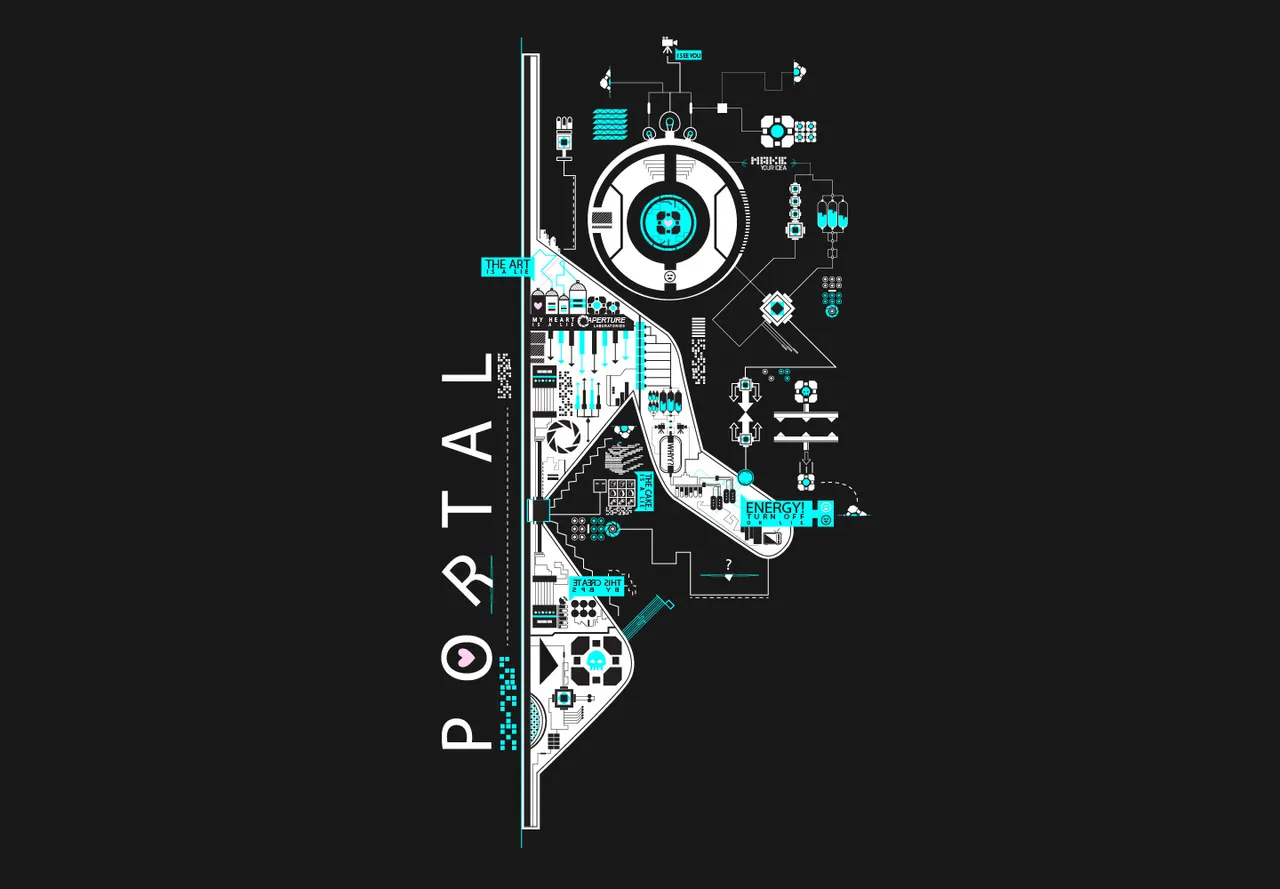
Example of health use case for blockchain.
10,000 may be an exaggeration. I really don’t know the exact number, but after years of studying interoperability in local, regional and state health care ecosystems several observations have emerged – of which one is the high number of portals shared between organizations and that create a network that mimics, or perhaps more accurately - represents a state of pseudo - interoperability.
These observations come from in-person interviews and direct observations with frontline health care staff, information technology personnel and leadership at large and small covered entities that are part of large collaboratives or state information exchange projects. They come from community partner organizations and mental health agencies that directly support health and care of the most vulnerable citizens; and from accountable care organizations responsible for health and financial risk of attributed populations. Places where new models of collaborative care are meant to thrive across organizational boundaries, but where little data or insight are available to coordinate care or enable health teams to do their work – that is data available beyond what a portal can deliver.
Outside the occasional state-designated HIE that performs well; data sharing among partners in health care collaboratives that are not on the same electronic health record (EHR) is still mostly accomplished via paper, fax and telephone – unless there is a portal available. Large organizations on one electronic health record (EHR) believe their own providers and staff have all the data they require to complete their work inside their network. They often don’t worry about data outside their system. Affiliated providers not on the same EHR, and unaffiliated providers and organizations are left out. To amend the problem and gain access to protected health information (PHI), affiliated and unaffiliated providers and organizations make requests to information technology departments at large organizations – to which the most common response is “We will give you access through a portal”.
Considered a “win” most affiliated and unaffiliated providers and organizations quickly subscribe as an authorized user to the portal solution. Or, they wait for a portal to be developed. This quick win provides mostly view-only access to a health consumers PHI, though some more advanced features like access to a limited data set are beginning to make their appearance. The affiliated or unaffiliated provider or organization becomes an authorized user and receives a user name and password to access the competitor’s (collaborator) EHR and consumer PHI.
Most often, there is no mechanism in place to establish or confirm that consumer consent to share data is in place, no way to attribute an active care relationship between the provider and patient (consumer) or a mechanism to audit what information is manually transferred - by typing notes directly into the receiving provider or organizations information systems. These practices create a source of truth issue, introduce human-error during the transcription process and limit the ability to audit what information is shared, the purpose for which it is needed, how it will be used or what the treatment relationship is between the receiving provider or organization and the consumer or patient. And, often organizations don't have adequate policies and procedures in place to manage portal access on either side of the data sharing equation.
So, while 10,000 may be an exaggerated number of portals encountered through evaluation of health information exchange ecosystems, it may not be an exaggeration in the context of whole states, geographic regions or series of states. Portals are so numerous that one cannot begin to estimate the number that are active in the current health care ecosystem. Or, as one hospital system reported, "we have so many portals to maintain, that we can't possibly optimize the rest of our system to meet basic interoperability requirements." Subsequently, we know that the presence of a portal - shared between health care organizations - deters interest in other electronic data exchange mechanisms like Direct Secure Messaging and Query-based Exchange. Portals were not developed to be a tool that replaces interoperable health care information systems – yet, that is exactly how they are used today.
Dr. Lisa Moon, Founder and CEO, Advocate Consulting a healthcare consulting firm in Minnesota & Affiliate Faculty at the University of Minnesota - Twin Cities. @phdmoon